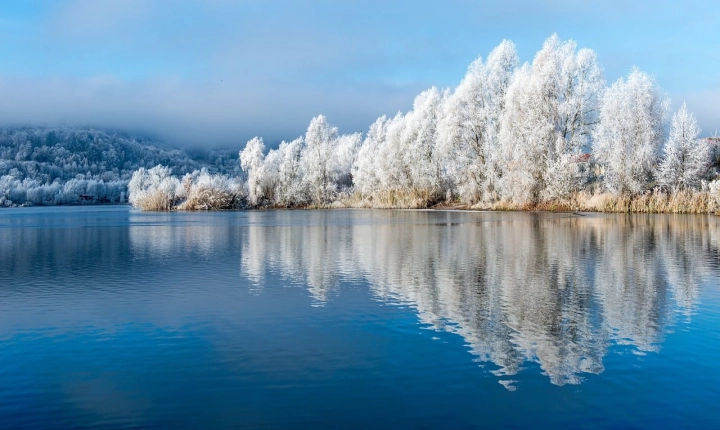The rise of artificial intelligence (AI) has revolutionized the way we interact with technology, and one of the most fascinating applications of AI is in the creation of AI-generated pictures. These pictures, often referred to as “AI art” or “deep fake images,” are created using sophisticated machine learning algorithms that analyze and generate new images based on existing data.
One of the most common methods of obtaining AI pictures is through the use of generative adversarial networks (GANs). GANs are a type of machine learning model comprised of two neural networks – a generator and a discriminator – that work together to create realistic images. The generator network creates new images, while the discriminator network tries to distinguish between real and generated images. This adversarial training process helps the generator network improve its ability to produce high-quality, realistic images.
Another popular method for obtaining AI pictures is through the use of style transfer algorithms. Style transfer algorithms take an existing image and apply the visual style of another image to it, creating a new image that combines the content of the original image with the style of the target image. This technique is often used to create artistic and visually striking images that are reminiscent of famous paintings or art styles.
AI pictures are also often obtained by training machine learning models on large datasets of images, allowing the model to learn the features and patterns present in the data and generate new images based on this learned information. This method is particularly popular for creating realistic, high-resolution images of objects, landscapes, and even human faces.
The accessibility of AI picture generation has led to a proliferation of AI-generated content across various online platforms. From social media to art galleries, AI pictures are increasingly becoming a part of our visual landscape, blurring the lines between what is real and what is artificially created. However, this development also raises ethical concerns, as AI-generated pictures can be used to create fake news, manipulate public opinion, and even perpetrate fraud.
As AI picture generation techniques continue to advance, it is important for society to consider the ethical implications of this technology and develop appropriate safeguards to prevent misuse. Additionally, the potential for AI pictures to enhance creative expression and produce stunning visual art is a promising avenue for artists and designers. Whether it’s for artistic purposes, research, or entertainment, the ability to obtain AI pictures is an exciting development that will continue to shape the future of visual media.
